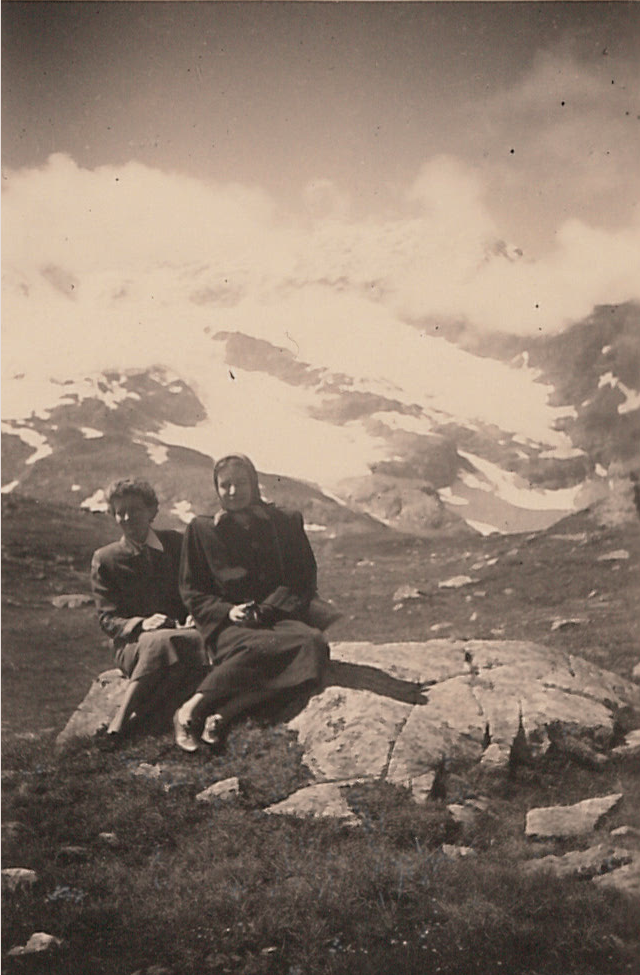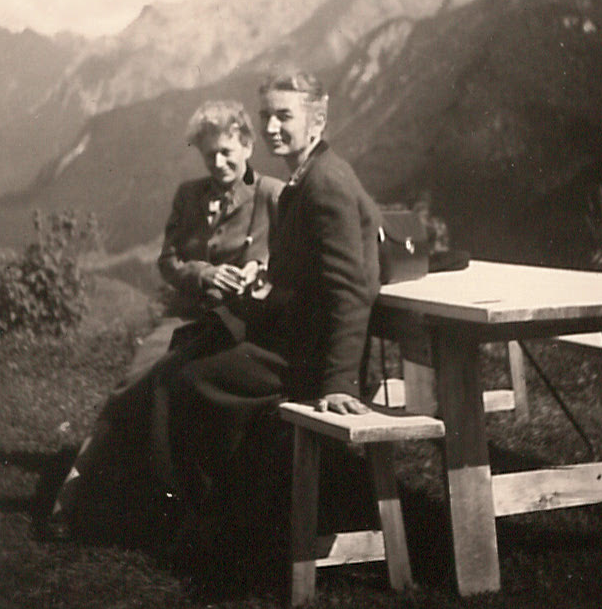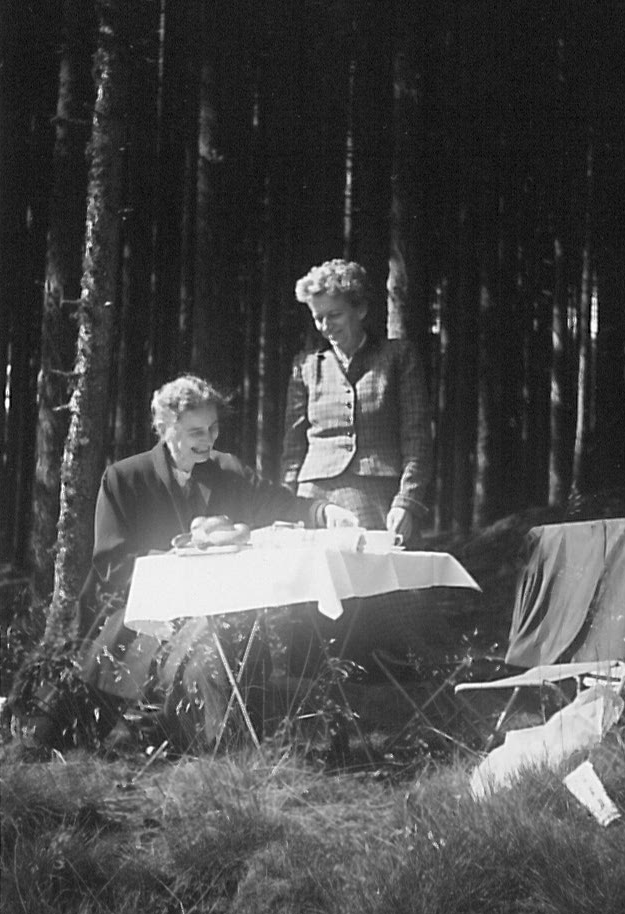[et_pb_section bb_built=”1″ admin_label=”section” background_image=”https://sites.smith.edu/ssw100-history/wp-content/uploads/sites/256/2018/05/1957-Hollis-and-Reynolds-Zurich-mountains-SSC-203-B49.png” parallax_method=”off” next_background_color=”#ffffff” custom_padding_tablet=”50px|0|50px|0″ custom_padding_last_edited=”on|desktop” _builder_version=”3.2.2″ background_color=”rgba(0,62,81,0.55)” background_position=”top_center” background_blend=”overlay” module_class=”blue”][et_pb_row admin_label=”row” background_position=”top_left” background_repeat=”repeat” background_size=”initial”][et_pb_column type=”1_3″][/et_pb_column][et_pb_column type=”2_3″][et_pb_divider color=”#ffffff” show_divider=”off” height=”200″ divider_style=”solid” divider_position=”top” hide_on_mobile=”on” disabled_on=”on|on|off” _builder_version=”3.2.2″ /][et_pb_post_title _builder_version=”3.2.2″ meta=”off” featured_image=”off” text_color=”light” title_font_size=”50px” title_line_height=”1.2em” /][/et_pb_column][/et_pb_row][/et_pb_section][et_pb_section bb_built=”1″ specialty=”off” parallax_method=”off” prev_background_color=”rgba(0,62,81,0.55)” custom_padding_tablet=”50px|0|50px|0″ custom_padding_last_edited=”on|desktop” _builder_version=”3.2.2″][et_pb_row admin_label=”row” make_fullwidth=”off” use_custom_width=”off” width_unit=”on” use_custom_gutter=”off” custom_padding=”0px|||” padding_mobile=”on” allow_player_pause=”off” parallax=”off” parallax_method=”off” make_equal=”off” parallax_1=”off” parallax_method_1=”off” parallax_2=”off” parallax_method_2=”off” column_padding_mobile=”on” background_position=”top_left” background_repeat=”repeat” background_size=”initial”][et_pb_column type=”1_3″][et_pb_post_title admin_label=”Categories” _builder_version=”3.2.2″ title=”off” author=”off” date=”off” comments=”off” featured_image=”off” meta_text_color=”#6fbee5″ /][et_pb_code admin_label=”Tags” _builder_version=”3.2.2″][tags][/et_pb_code][/et_pb_column][et_pb_column type=”2_3″][et_pb_text max_width=”620px” text_font_size=”20″ text_text_color=”#363636″ use_border_color=”off” custom_margin=”10px||0px|” text_line_height=”1.4em” text_font_size_last_edited=”on|desktop” background_position=”top_left” background_repeat=”repeat” background_size=”initial” _builder_version=”3.2.2″]
When Everett Kimball and Bertha Kapen Reynolds were looking for a new Associate Director in 1934, they asked Florence Hollis, M.S.S. 1931, before they asked Annette Garret. Hollis was an influential social work researcher and developed the profession in important ways. She taught at the SSW in the 1950s. In this post, two alumnae share funny stories about Hollis as a speaker and as a mentor. In addition, there is a transcript of Louise Bandler’s memories of Hollis from the 70th Anniversary, Hollis’s own memories of being at SSW, and a description of Hollis and Rosemary Reynolds’s papers in the Sophia Smith Collection.
[/et_pb_text][et_pb_text max_width=”620px” text_font_size=”20″ text_text_color=”#363636″ use_border_color=”off” custom_margin=”30px||0px|” text_line_height=”1.5em” text_font_size_last_edited=”on|tablet” background_position=”top_left” background_repeat=”repeat” background_size=”initial” _builder_version=”3.2.2″]
In this video from an alumni gathering at the 75th Anniversary of the SSW in 1993, Sandra Styron Wilbur, M.S.W. 1976 and Anna “Honey” Held Zimmer, M.S.S. 1944 share fun stories about Hollis.
[/et_pb_text][/et_pb_column][/et_pb_row][et_pb_row make_fullwidth=”off” use_custom_width=”off” width_unit=”on” use_custom_gutter=”off” custom_padding=”50px|||” padding_mobile=”on” allow_player_pause=”off” parallax=”off” parallax_method=”off” make_equal=”off” parallax_1=”off” parallax_method_1=”off” column_padding_mobile=”on” custom_padding_tablet=”17px|||” custom_padding_last_edited=”on|tablet” background_position=”top_left” background_repeat=”repeat” background_size=”initial”][et_pb_column type=”1_3″][et_pb_text admin_label=”Florence and Rosemary sitting on mountain” _builder_version=”3.2.2″]

[/et_pb_text][/et_pb_column][et_pb_column type=”1_3″][et_pb_text _builder_version=”3.2.2″]

[/et_pb_text][/et_pb_column][et_pb_column type=”1_3″][et_pb_text _builder_version=”3.2.2″]

[/et_pb_text][/et_pb_column][/et_pb_row][et_pb_row make_fullwidth=”off” use_custom_width=”off” width_unit=”on” use_custom_gutter=”off” custom_padding=”50px|||” padding_mobile=”on” allow_player_pause=”off” parallax=”off” parallax_method=”off” make_equal=”off” parallax_1=”off” parallax_method_1=”off” column_padding_mobile=”on” custom_padding_tablet=”17px|||” custom_padding_last_edited=”on|tablet” background_position=”top_left” background_repeat=”repeat” background_size=”initial”][et_pb_column type=”1_4″][/et_pb_column][et_pb_column type=”3_4″][et_pb_text admin_label=”bio” _builder_version=”3.2.2″ text_font_size_phone=”12px” text_font_size_last_edited=”on|desktop”]
The Florence Hollis and Rosemary Ross Reynolds Collection is part of the Social Work Archive at Smith College.
Florence May Hollis attended Smith College School for Social Work, where she studied casework under Bertha Reynolds and earned a Master of Social Science degree in 1931. After graduation, she became district secretary at the Institute of Family Service (Associated Charities) in Cleveland, where she was responsible for administration and supervision of case workers. She was also a member of the Cleveland ‘think group,’ which included Florence Day and Rosemary Reynolds as members. During this period Hollis and Reynolds strengthened a friendship and professional association which was to become central to them both.
Hollis began teaching in 1934 at Western Reserve University. In 1940, professing a deepening interest in teaching casework and in research, Hollis began taking courses through the Department of Social Economy and Social Research at Bryn Mawr College. While working on her doctorate, she taught at the New York School of Social Work, (later Columbia University School of Social Work), and also served as Director of Publications for the Family Service Association of America, editing the Journal of Social Case Work. Hollis completed her doctoral dissertation in 1947.
For much of the next twenty years, Hollis continued to teach at Columbia and to maintain a small clinical practice at the Community Service Society of New York. From 1955 to 1962, she taught summers at the Smith College School for Social Work. In 1964, Hollis’s widely acclaimed book Casework: A Psychosocial Therapy was published.
As a full professor at the New York School, Hollis also remained active in research. Beginning in the late 1940s she started to develop ideas for a classification system used to describe the techniques used by caseworkers in their direct work with clients, and during a 1958 sabbatical the work began to take on a definite shape. The classification system or “typology” she developed was based on a content analysis of casework records both written and taped. The study, which extended into the 1960s, received funding through a National Institute of Mental Health grant. Hollis’s classification system generated some interest in the academic community and other clinicians have expanded on the work.
Hollis retired in 1972 and in 1977, with her companion and colleague, Rosemary Reynolds, moved to Crosslands, a retirement community in Kennett Square, Pennsylvania. For more than forty years the friends had shared both professional interests and a common living arrangement. Most likely, they had first met during the period between 1928 to 1930, when both were taking coursework at the Pennsylvania School of Social Work. When Reynolds died on September 18, 1980, Hollis received many condolences on her loss.
Rosemary Ross Reynolds, the daughter of Mary and Chauncey P. Reynolds was born in Chicago on April 10, 1906. Her father was editor of a farm paper, and after his death, Mary Reynolds became the household editor of five weeklies and then the Farm Journal, a national farm paper. Reynolds received her A.B. from Mount Holyoke College in 1928. The recipient of the Patten Memorial Scholarship, Reynolds went to London after graduation to study the social conditions there. She also received a fellowship for two years of study at the Pennsylvania School of Social Work, where she received her M.S.W. in 1935. Before completing her graduate work she took a position as caseworker with the Family Society of Philadelphia, where she worked from 1930 through 1933. Following this she assumed the position of district secretary at the Cuyahoga County Relief Administration in Cleveland. She also served as a case consultant and case supervisor at the agency. In addition, Reynolds began teaching at Western Reserve University, School of Applied Social Sciences, where, from 1934 to 1936, she served as an instructor and field advisor.
In 1937, Reynolds left the Cleveland agency to take a post as regional consultant with the Family Service Association of America, where she oversaw the services in five mid-western states. When she left the agency in 1940, to continue her schooling, she had a good deal of practical experience behind her as well as eight published articles. Reynolds completed two years of full-time post-graduate study at Bryn Mawr College Department of Social Economy and Social Research, before taking a permanent post at the Community Service Society of New York. In 1951, she became a district director, first in the Chelsea-Lowell area and then in the west side of Manhattan. In 1962, she assumed the directorship of the Department of Central Services, providing services for persons age sixty or older. Upon her retirement in 1971, Reynolds had been with the Community Service Organization for twenty-nine years.
Hollis had been diagnosed with lymphoma the year prior to Reynold’s death in 1980, but continued work on the third edition of Social Casework, co-authored by Mary E. Woods. Hollis entrusted Woods with the rights to the book, which enjoyed a fourth edition, three year’s after Hollis’s death. Florence Hollis died at Crosslands on July 2, 1987.
[/et_pb_text][/et_pb_column][/et_pb_row][et_pb_row make_fullwidth=”off” use_custom_width=”off” width_unit=”on” use_custom_gutter=”off” custom_padding=”50px|||” padding_mobile=”on” allow_player_pause=”off” parallax=”off” parallax_method=”off” make_equal=”off” parallax_1=”off” parallax_method_1=”off” column_padding_mobile=”on” custom_padding_tablet=”17px|||” custom_padding_last_edited=”on|tablet” background_position=”top_left” background_repeat=”repeat” background_size=”initial”][et_pb_column type=”4_4″][et_pb_video _builder_version=”3.2.2″ src=”https://youtu.be/F5hBT4tcp4E” /][et_pb_text admin_label=”Caption” _builder_version=”3.2.2″ module_class=”caption” saved_tabs=”all”]
“Storytelling in the Archives” 1993, School for Social Work Records, RG 60, Smith College, Northampton, MA.
[/et_pb_text][/et_pb_column][/et_pb_row][et_pb_row make_fullwidth=”off” use_custom_width=”off” width_unit=”on” use_custom_gutter=”off” custom_padding=”50px|||” padding_mobile=”on” allow_player_pause=”off” parallax=”off” parallax_method=”off” make_equal=”off” parallax_1=”off” parallax_method_1=”off” column_padding_mobile=”on” custom_padding_tablet=”17px|||” custom_padding_last_edited=”on|tablet” background_position=”top_left” background_repeat=”repeat” background_size=”initial”][et_pb_column type=”1_4″][et_pb_gallery _builder_version=”3.2.2″ zoom_icon_color=”#003e51″ hover_overlay_color=”rgba(255,255,255,0.9)” gallery_ids=”4938,3769,66,4309,5515″ posts_number=”5″ /][/et_pb_column][et_pb_column type=”3_4″][et_pb_text _builder_version=”3.2.2″]
[/et_pb_text][et_pb_text admin_label=”Caption” _builder_version=”3.2.2″ module_class=”caption” saved_tabs=”all”]
Florence Hollis, “How Things Were: Florence Hollis MSS ’31 LHD ’67 Describes the Ingredients and the Evolution,” Smith Alumnae Quarterly, Fall 1983, 3-6.
[/et_pb_text][et_pb_text _builder_version=”3.2.2″]
[/et_pb_text][et_pb_text admin_label=”Caption” _builder_version=”3.2.2″ module_class=”caption” saved_tabs=”all”]
Louise Bandler, Memories of Florence Hollis for the 70th Anniversary, 1988, School for Social Work Records, RG 60, College Archives, Smith College, Northampton, MA.
[/et_pb_text][/et_pb_column][/et_pb_row][/et_pb_section]